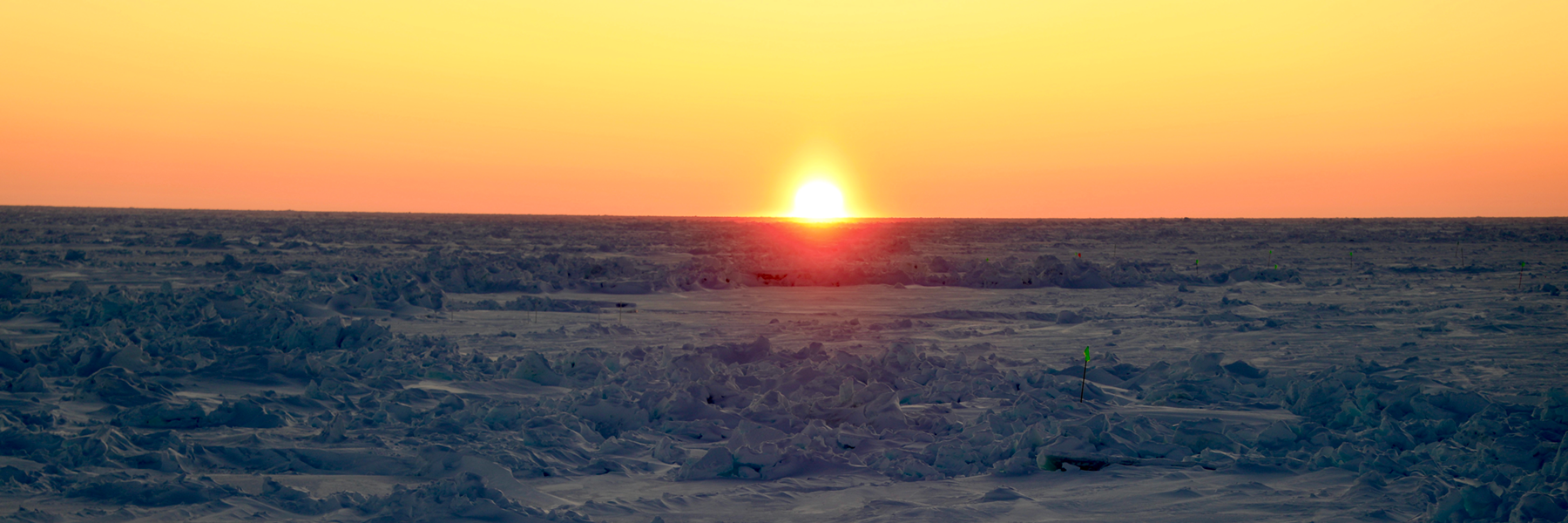The 10-Year Polar Prediction Project Wraps Up

NOAA and CIRES researchers from the Physical Sciences Lab attended, presented and served on panels at the Year Of Polar Prediction (YOPP) Final Summit, held August 29 – September 1 in Montreal, Québec, Canada. This international summit brought together the polar prediction community of operational centers, academia, environment services and polar prediction users and northern communities, to showcase the successes of YOPP and contribute to the legacy of the Polar Prediction Project (PPP). A final report entitled Year Of Polar Prediction: Achievements and Impacts was also released during the summit.
PPP was a 10-year (2013–2022) endeavor of the World Meteorological Organization's World Weather Research Programme (WWRP), which promoted cooperative international research to improve weather and environmental prediction services for the polar regions, on time scales from hours to seasons. PSL scientists participated in two key activities over the course of the PPP: the YOPP site Model Inter-comparison Project (YOPPsiteMIP), and the MOSAiC near-real time verification (NRV).
YOPPsiteMIP focused on model improvement studies using in-situ data from YOPP Arctic and Antarctic supersites. PSL provided data from Utqiagvik (Barrow), AK, Eureka, Canada and Tiksi, Russia. As part of this activity, PSL also originated and implemented the concept of Merged Data Files; a combination of Merged Observatory Data Files and coordinated Merged Model Data Files, which preserve high-cadence and model timestep data suitable for diagnostics and parameterization testbeds.
MOSAiC NRV focused on model improvement studies using in-situ data from the MOSAiC expedition. A primary PSL contribution was the collection and generation of a high-quality surface energy balance dataset, which uniquely characterizes the annual cycles in the Central Arctic Ocean.
Although the PPP/YOPP has come to an end, the strategy developed by the YOPPsiteMIP project provides a foundation that supports the use of process-level observations to support improved predictability for future WWRP missions. This approach is particularly relevant for anticipating and mitigating the impacts of extreme events, not only for polar regions but also for observation–model research around the world. This activity can be summarized as an evolution of Model Intercomparison Projects to Model Intercomparison and Improvement Projects and reflects a WWRP future focus on services.
Posted: September 20, 2022